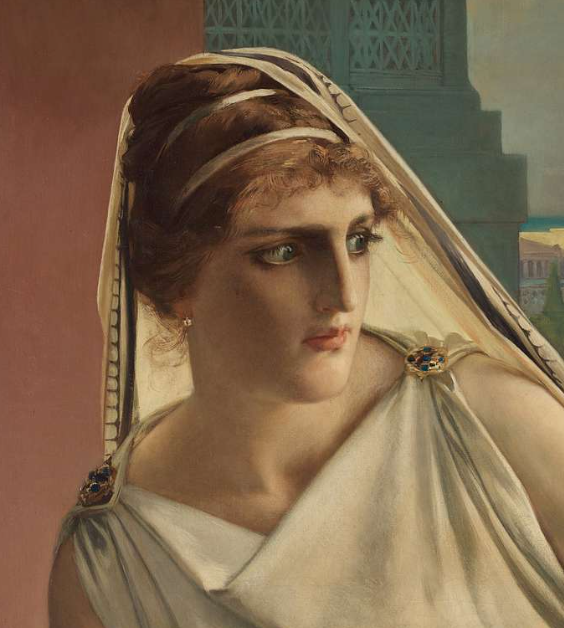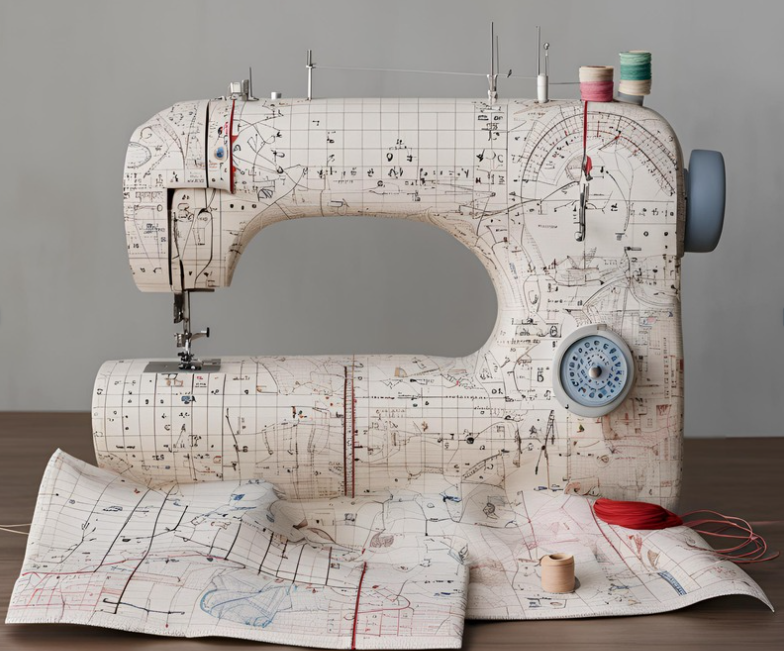
Handmade Bags & Accessories
Where fabrics go to live their next life
Upcoming Craft Fair, Loving Sewing Math
Canton Garden Club, December 7th, Canton Senior Center, Canton MA
Right on the heels of the very successful booth at The Residence at Penniman Hill in Hingham, my next event will be at the Canton Garden Club Holiday Fair. I’m not sure if I’ll have any new products available, because I have such a short time to replenish inventory from a few weeks ago. I’m excited about this one, as is my husband. His excitement is primarily because it’s local!
Embracing Sewing Math
My past careers were in science and technology fields. I enjoyed math and statistics; I did not enjoy teaching middle-aged male managers (try saying that ten times fast) college freshman mathematics. Well, that wasn’t so bad. Maybe it was their staunch objection to the eternal laws of mathematics if I was the one explaining those laws that finally got under my skin. Oh well, Hypatia and all that.

Hypatia by Julius Kronberg, 1889
listed as public domain photo
For every woman who grew up believing it was unfeminine to like math, for every woman who was not enthusiastically taught math, for every child who was taught math poorly, I give you Hypatia, from the first century, A.D. Yes, that’s right, she taught when the years were in the double or triple digits.
An ancient Alexandrian, she was “the first female mathematician whose life is reasonably well recorded,” according to Wikipedia. Her life is also evidence that some people didn’t like combining girls with math even back then.
Note self and others: find out about her predecessor, Pandrosion, who I learned about today.
Now how in the sam-hill am I going to connect this to sewing? Some of you may already see where this is going.
The majority of sewist online creators (fed to me in our algorithm) are women and sewing has traditionally been associated with women by Western society. I’m not talking about great design houses or industrial enterprises. I’m talking about those of us operating in the square footage of our houses or garages or basements that we could transform or coerce into studios and ateliers. I’m also talking about social associations, not the actual number of men and women who sew. My man sews, so there. (See what I did there?)
That said, I’m also a girl who likes math, but found it socially difficult to do it professionally due to stereotypes of women and math.
There was a Barbie once, allegedly, that said “I’m not good at math!” So many women I know echo this sentiment.
In one video, one of my favorite content creators, The Closet Historian, mentioned she didn’t do well in math (at school, I’m assuming). This is a woman who drafts her own patterns from pictures. Looks at a picture and makes the pattern. Geometry, baby. A form of mathematics. And let me tell you, that gal knows and understands her pattern-making geometry.
If you are one of those women, I say this to you: au contraire, my friend. Those women of us who engage in our sewing endeavors are doing math all the time. In our heads, on the computer, on leftover pieces of Joanne’s receipts and paper. But also in our head. Knowing a pattern with a 1cm seam allowance can be converted closely to a 3/8 inch seam allowance. Calculating yardage for quilts How many 10″x16″ cuts can I get out of a yard of 45″ width? My personal favorites are tote bag dimensions and tensile strength based on thread type (I have a spreadsheet).
Math. All the time.

I tried and can’t find the video now, but there was a short video I saw by a young woman who was an engineer by profession. She led by saying her mother claimed not to know math well. The same mother made a beautiful patterned quilt for that daughter. (I don’t know quilts, so I can’t say the pattern). When the girl asked her mother how she did it, the woman replied “oh, in my head. I kind of pictured what I wanted.” The girl’s eyes widened in the video with shock as she spoke passionately: “My God, that’s engineering! Can you imagine someone doing that in their head? That’s engineering genius!” She went on to say fairly the same thing I’m saying now.
I was this days old when I found out that the National Museum of Mathematics has an entire posting called Mathematical Quilting. There’s a web page by a mathematician on mathematic quilts. I think I’m down a rabbit hole here, so I’ll get back to the main focus.
There’s science, too: knowing how different fibers behave in response to heat, tension, moisture and in combination to different threads (cotton versus silk versus poly). For fabric dyers out there, that’s a whole world (I plan to get into) of chemistry.
When researching this, I found so many books promising to take the math out of quilting. I was saddened. Let’s not take the math out; let’s embrace it. If women struggle with it, let’s teach them. For every woman who thinks she “can’t do math,” I’ll show you a lousy math teacher. I know this from experience: I went from a B- to A+ in Trigonometry when I stopped listening to the teacher, soooo … take that for what it’s worth. Studies have also show teachers can demonstrate strong biases when teaching subjects to students of different demographics. So “girls can’t do math” might be echoing in that teachers ears as well. I realize times have changed, and current teachers have been trained about this, but many of us are from previous generations and couldn’t benefit from these insights. So, if you’re out there reading this Closet Historian, you are good at math.
My theory is that alot of women are out there saying “I’m no good at math,” when they are doing math and geometry not just every day, but every hour.
So embrace your inner Hypatia (but be careful about it, I guess). You are good at math.

Leave a Reply